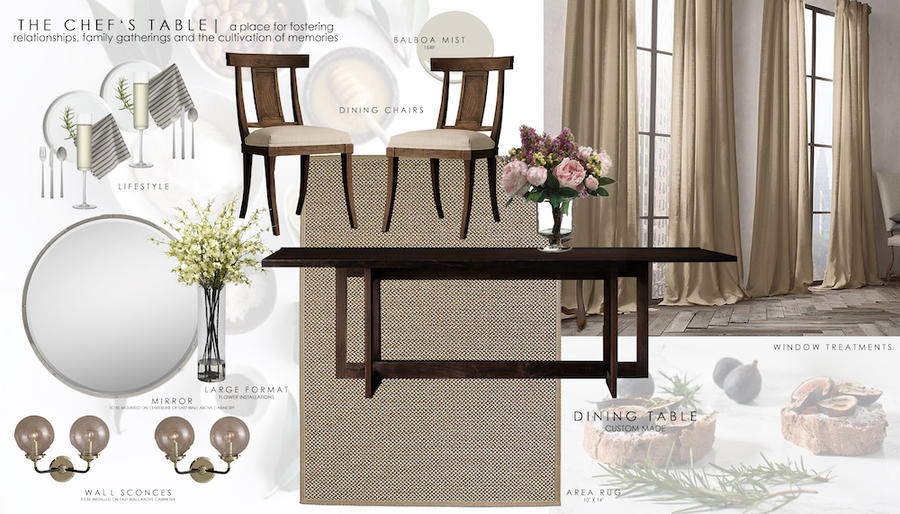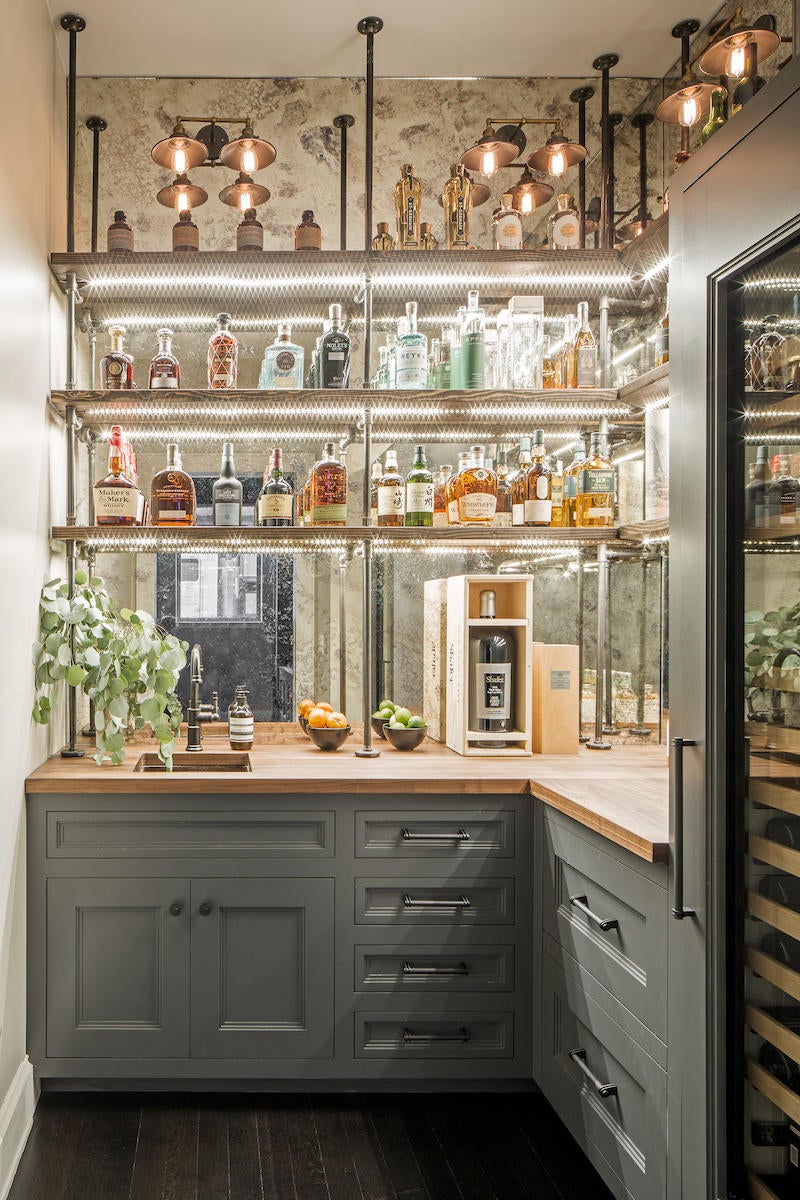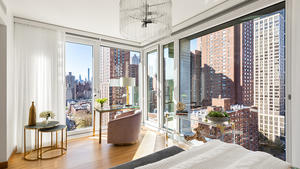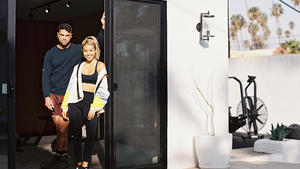Once you’re in the door, there’s plenty of advice floating around about style, project management, budget and all the rest—but how do you actually get the job in the first place? We’re asking designers to peel back the curtain and walk us through how they landed a project, step by step. This week, New York–based designer Becky Shea reveals how she landed her first major gig—and as a relative rookie, no less.
Give me the backstory on this project. How did you meet the client?
I met the client’s brother by chance at ABC Cocina on a summer night. I was actually there to talk to one of my vendors about another project. He overheard the conversation and was like, “I can tell you’re a designer, but not a typical one. Talk to me when you’re done with your meeting.”

I had no idea who he was, and in the back of my mind thought, “He’s got to just be hitting on me,” though curiosity was brewing; he was reviewing plans on his iPad. It turned out he and his brother have a successful real estate company, and they had just closed on a 7,500-square-foot, 45-wide, two-story maisonette in Greenwich Village.
What a stroke of luck! How did the conversation go?
He said they were seeking an interior designer to help stage it, which quickly changed to “renovate it.” His interest was piqued overhearing my conversation, because I was using business terms (I studied business in college, not design). We spoke for 30 minutes, and he ended by asking me to put together a pitch. I asked for his business card and wrote a handwritten thank-you for the opportunity, and I think that struck a chord. At that point, I’d been a designer for a year and a half. Theirs was the biggest project I had ever had the possibility of doing—I’d never worked on anything larger than a 1,200-square-foot, two-bedroom apartment!
So exciting. How did you pitch them?
They gave me a week to prepare for our meeting, and I did it in three days. I put together a whole proposal with concept boards. Some rooms had two concept boards—and we’re talking about a six-bedroom, seven-bathroom house with a living room, dining room, breakfast room, media room and piano room! Every space had an idea. I had samples and materials so they had a three-dimensional perspective too.
What did you wear to the initial meeting?
I showed up in a chambray shirt, a white poodle-skirt-looking thing, and pineapple Keds, with a Herschel backpack. Everyone was in full formal business attire; suits, ties and all. As they say in Yiddish, I was “schvitzing” quite profusely from that point on.
Not long after, I went out and I got new sneakers, new jeans, a new backpack, and I zhuzhed myself up. I was like, “You know what? If I’m embarking on this kind of a journey, I’ve got to look the part, too.” Now, with that same client, I’ve got more of a uniform, tailored look, but it’s still jeans and a nice shirt in usually white, black or gray.

What do you bring with you?
My husband works in tech—he is my co-founder and partner in this business—and he was like, “Let’s go to Apple and get a couple of iPads.” So I had iPads as my concept boards because I'm really against printing stuff. I want to help the environment as much as I can. I had the whole conference room table, and had samples around it, room by room. We walked in and looked at the colors and textures, and that's how I did it, with the iPad in hand.
How much research did you do before that first meeting? Do you ever check clients out in advance online—or on Insta?
I googled to learn about their company so that I could have talking points about what they do. Reading news articles, looking at some of the buildings they had built, seeing what the aesthetic was in the building, because obviously as an owner you have some say.
You also learn from pictures how somebody dresses, how somebody stands. Little things, like pictures with husbands and wives—it’s psychology. You could tell that [the client] and his wife were madly in love. They have such an amazing connection. And when you meet them, it's just, like, #relationshipgoals. And for those around them, the support is unbelievable. They've become mentors to me. There's a connection beyond just, “I work for you and you're my clients.” It’s very intimate, what we do.

How did you follow up after that first meeting?
I sent an email that same day, thanking them for their time and they said they would get in touch. They ended up calling me two days later and telling me that they loved what I did and that was it.
We worked literally seven days a week, sometimes 18 hours a day, for four months and somehow managed to get the job done. I'm extremely proud of that achievement after hearing from multiple GCs that this would be a minimum 12-month job. The client had also interviewed several architects, contractors and designers who gave them the same timeline of 12 to 18 months. We did it in four. This project was an incredibly important one for my career and business, despite the stress. At the end, it landed me in the hospital from dehydration and extreme exhaustion with three bags of saline IVs pumped into me within the first hour, but what I learned having been intimately involved in every facet of major construction and design made it all worth it.
What other lessons did you take from this project?
I think being a little kind to yourself is really important. One of my biggest takeaways is to slow down. It took me almost a year later to do a walkthrough on a casual afternoon and walk the space and be like, “Holy shit, I cannot believe I did this.” It's really just pausing and appreciating the work that you do. Because we do put a lot of sweat, blood and tears into everything and we need to pause and reflect on our creativity.
Homepage photo: Design by Becky Shea; photo by Sean Litchfield




























